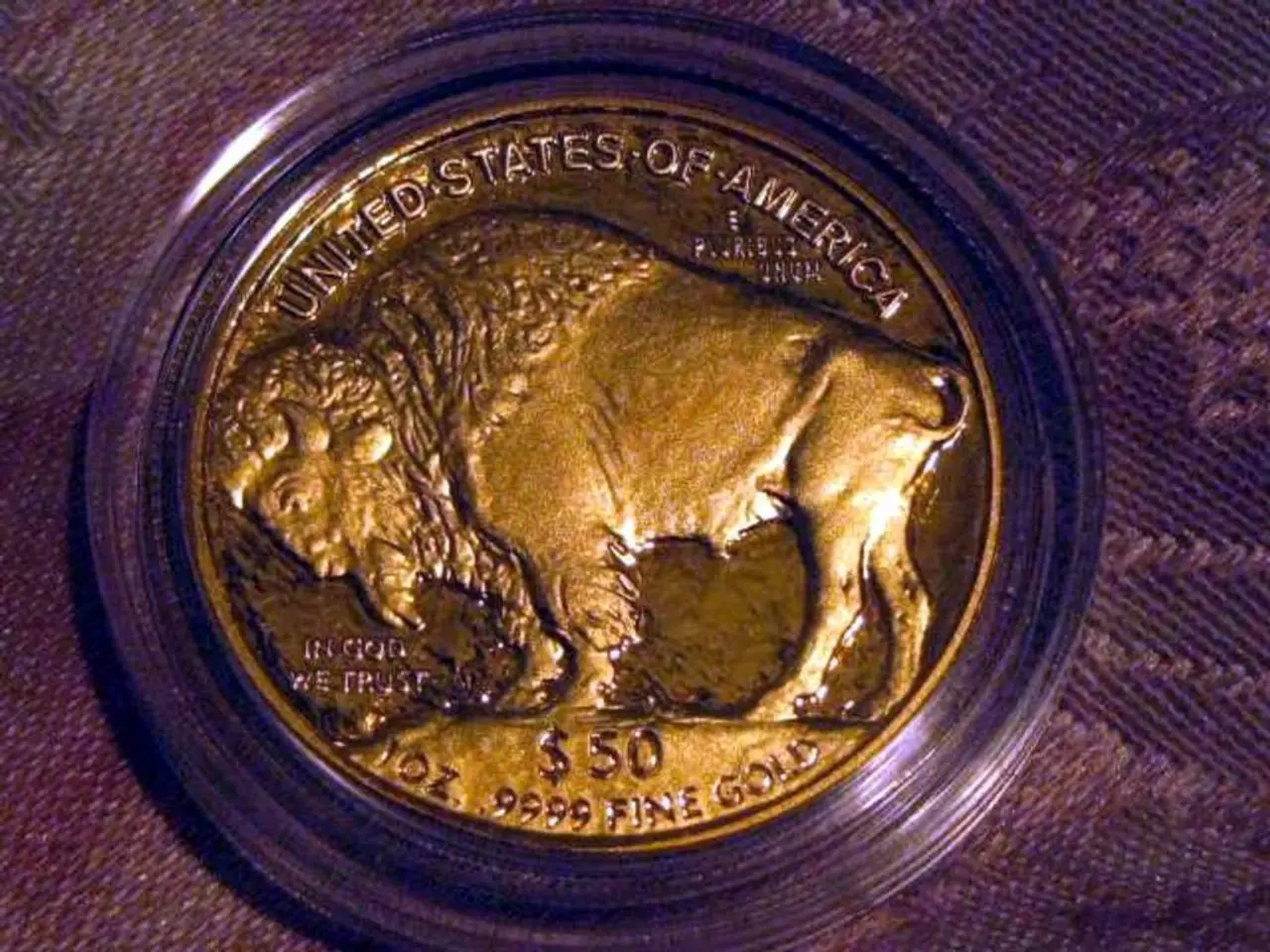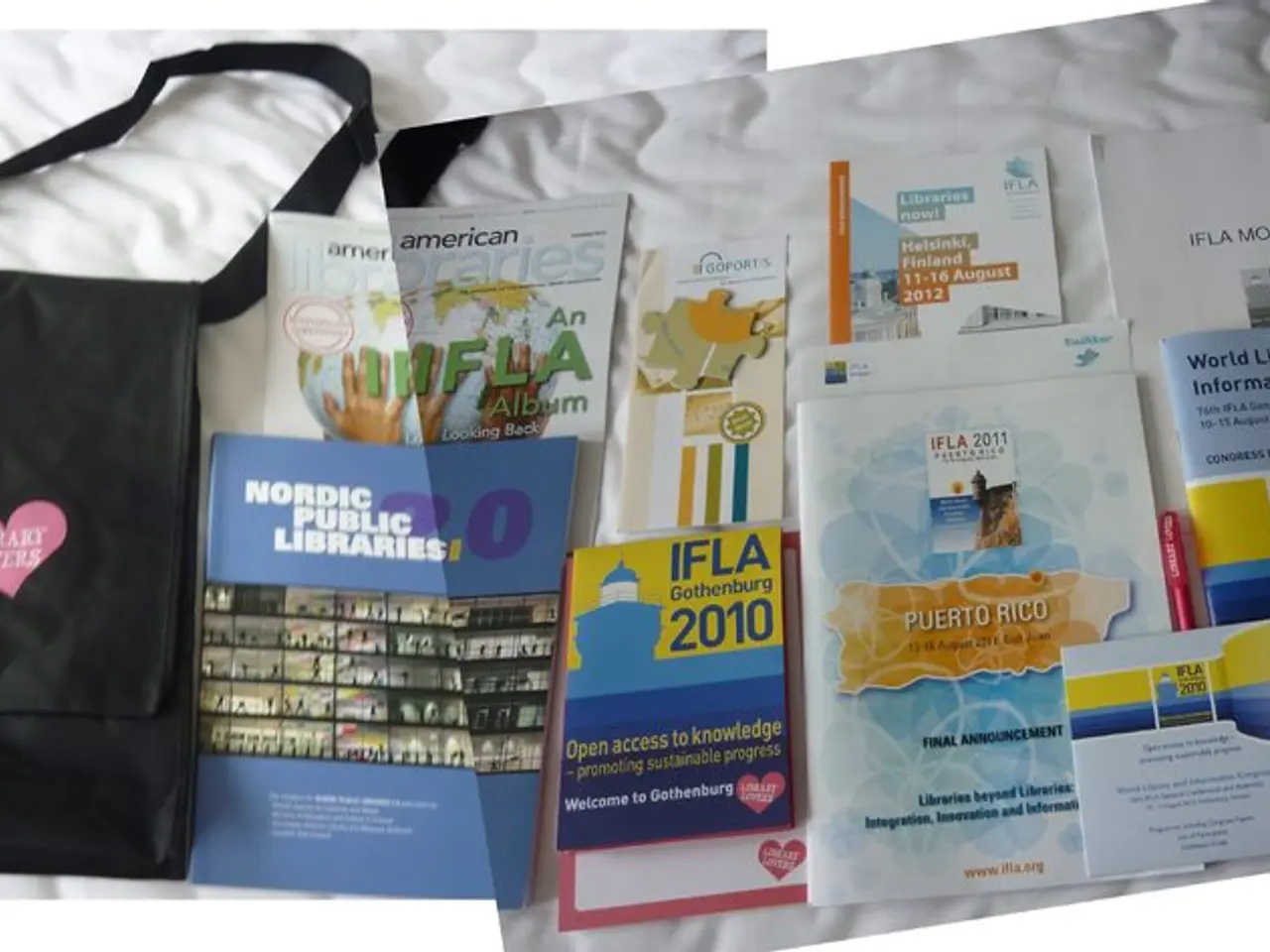The Importance of Domestic Steel Production in Adapting to an Evolving Publication Sphere (U.S.)
The U.S. steel industry is at the heart of critical supply chains for defense, energy, transportation, and construction, making it a vital component of the nation's economy and security. A consensus is emerging that tariffs alone may not be sufficient to secure the industry's future. Enhanced enforcement mechanisms, strategic investments in domestic steel innovation, and decarbonization are being advocated.
The Section 232 tariffs, imposed on most imported steel, were intended to revive underutilized domestic capacity and create a more level playing field. These tariffs have indeed boosted domestic manufacturing output in steel, but they have also contributed to higher prices for U.S. consumers and industries using steel.
The tariffs have been a topic of debate, with the administration providing explanations for their imposition. Maintaining and modernizing domestic steelmaking is a strategic imperative, and robust procurement standards and consistent trade enforcement are needed to prevent market distortions. A reliable domestic steel base ensures swift response to civil and defense needs, including disaster recovery and military readiness.
Projects funded through federal infrastructure programs increasingly mandate the use of U.S.-made materials. However, the future outlook suggests that tariffs will remain a key part of U.S. trade policy in steel, backed by new reciprocal tariffs and periodic escalations, maintaining elevated tariff rates and trade frictions while raising significant tariff revenues for the government.
The tariffs have had broader negative impacts, such as reduced overall U.S. economic growth, trade tensions, and retaliatory tariffs that affect other sectors and trading partners. Consumers and downstream industries face higher prices, with steel-using industries seeing increased costs that translate to generally higher prices. These tariffs distort consumption patterns and reduce overall consumer purchasing power.
Internationally, the U.S. has escalated reciprocal tariffs targeting countries including the EU, Mexico, and Canada, leading to strained trade relationships and retaliatory measures. The Trump administration's ongoing tariff policies indicate a continuing hardline trade stance with emphasis on domestic protectionism.
Looking ahead, the administration is considering expanding Section 232 tariffs to include imports of electrical transformer steel. Negotiated agreements that promote reciprocal trade while discouraging global dumping can strengthen the position of like-minded nations and promote a fairer global steel market. American steelmakers are investing in capabilities that improve productivity and lower emissions.
U.S. steelmakers operate under some of the world's most stringent environmental and labor standards. American Electric Arc Furnace (EAF) steel, produced primarily from recycled scrap, offers a pathway to greener infrastructure without sacrificing performance. The reasons for imposing the metal tariffs have been discussed in various archived articles.
In conclusion, while the tariffs help sustain the U.S. steel industry domestically, they suppress broader economic growth, elevate prices for consumers and manufacturers, and contribute to ongoing international trade tensions. The policy framework as of mid-2025 suggests tariffs will remain a significant element of U.S. trade and industrial strategy for steel and related sectors, with no clear indications of rollback in the near term.
- The U.S. steel industry's reliance on robust domestic capacity and strategic measures, such as Section 232 tariffs, not only impacts critical supply chains in sectors like defense, energy, transportation, and construction, but also affects global trade, as shown by the escalation of reciprocal tariffs with trading partners like the EU, Mexico, and Canada.
- Enhanced domestic steel manufacturing output, facilitated by tariffs and strategic investments, has boosted the sports sector on multiple fronts. For instance, American Electric Arc Furnace (EAF) steel, made primarily from recycled scrap, can contribute to greener infrastructure while maintaining performance standards, thus supporting sustainability and innovation initiatives in sports equipment manufacturing.








